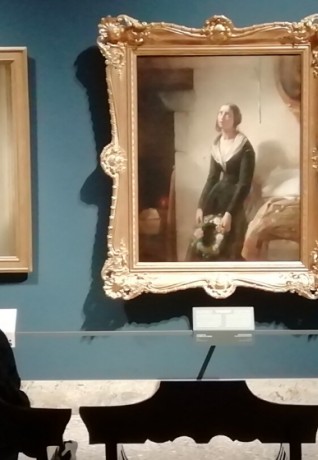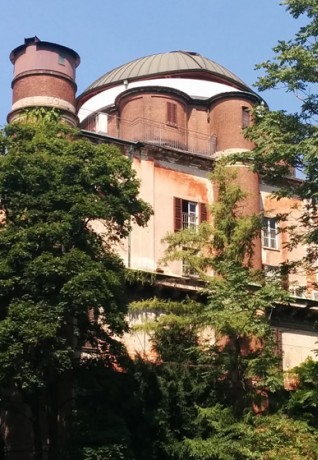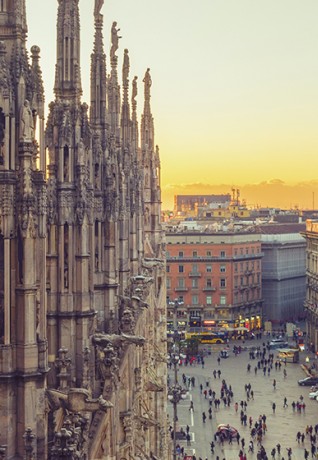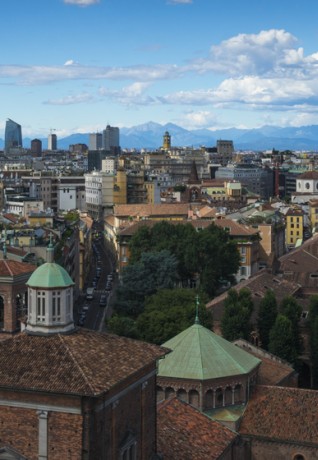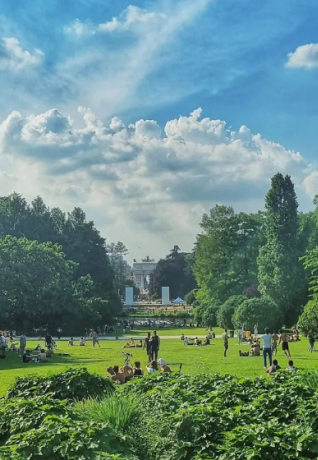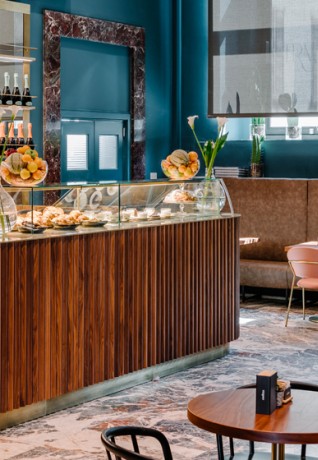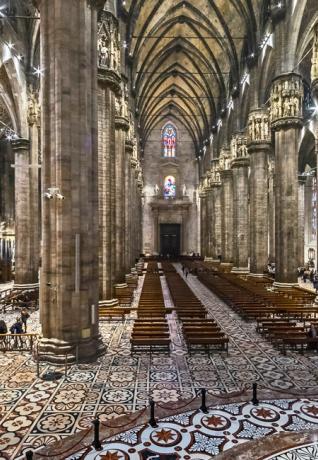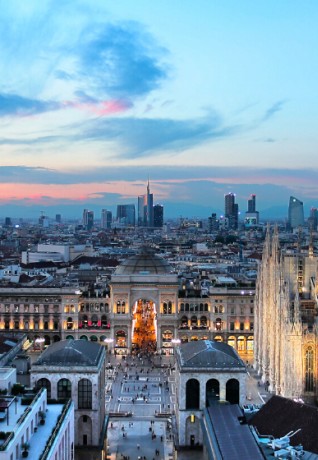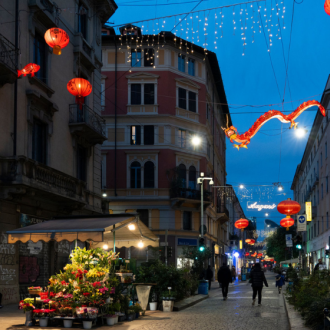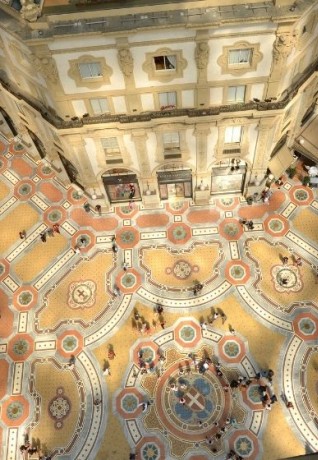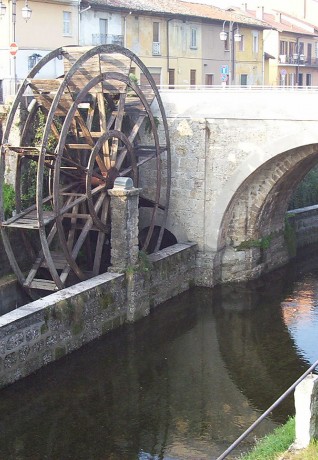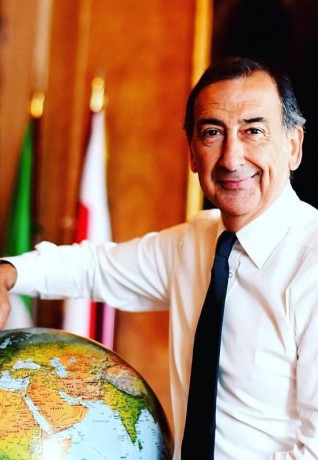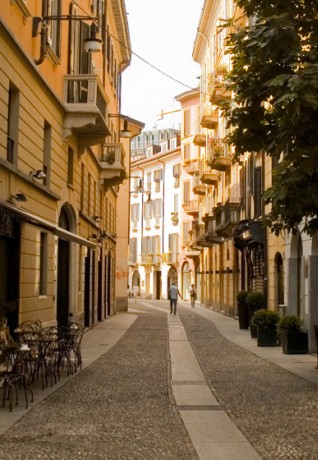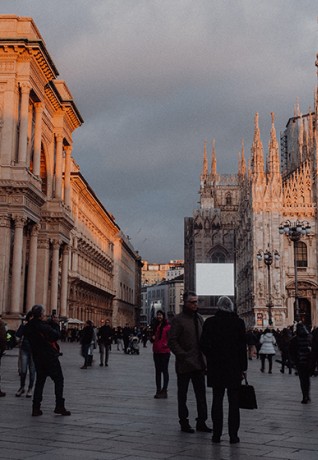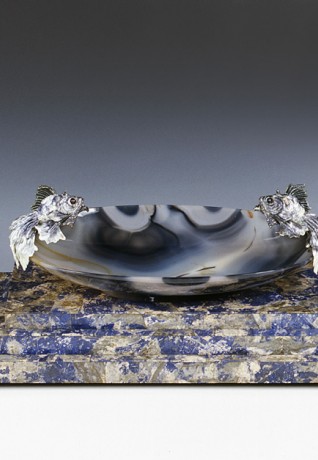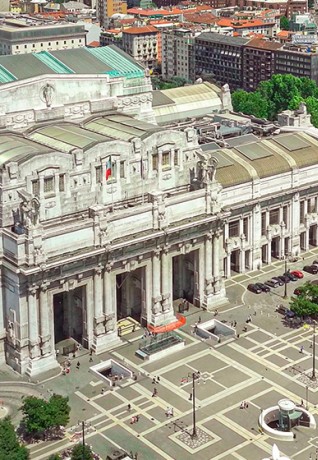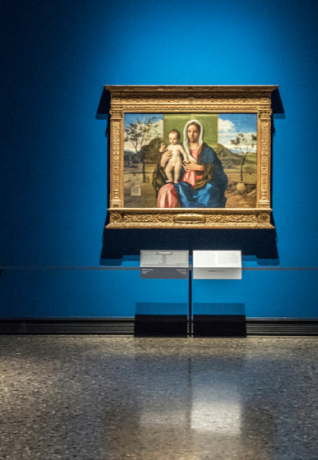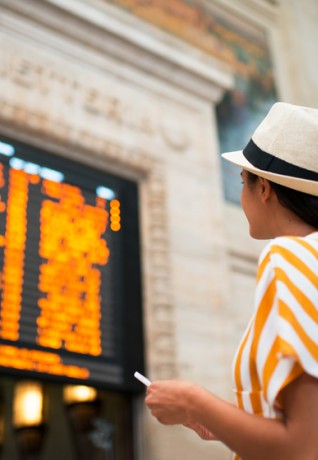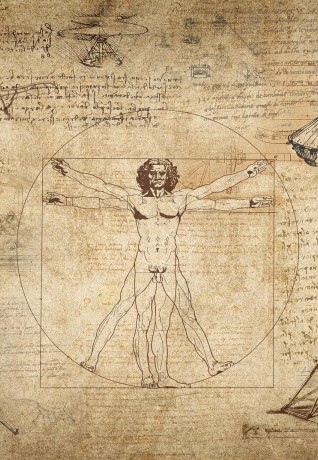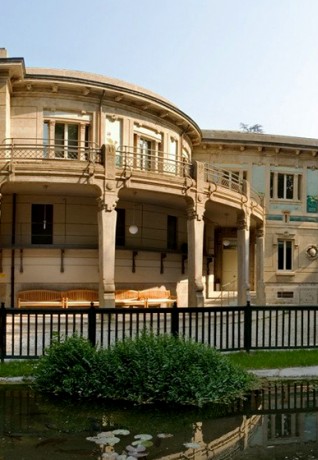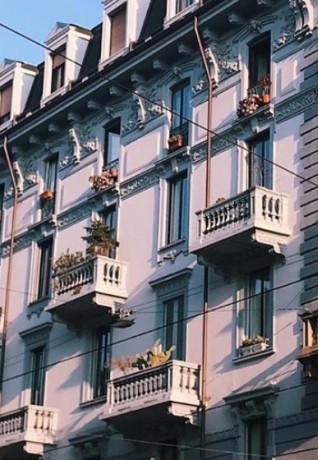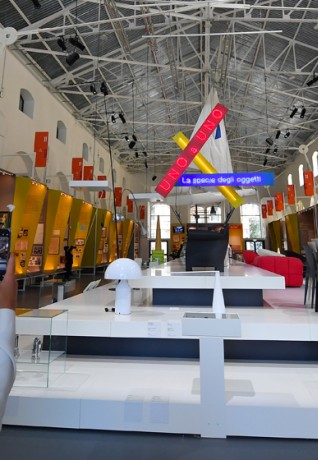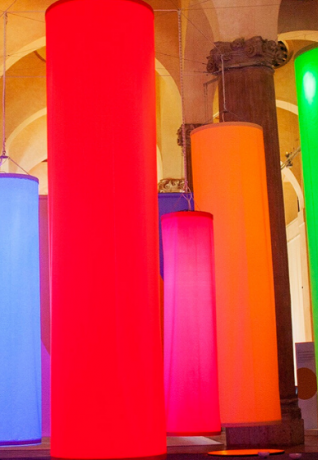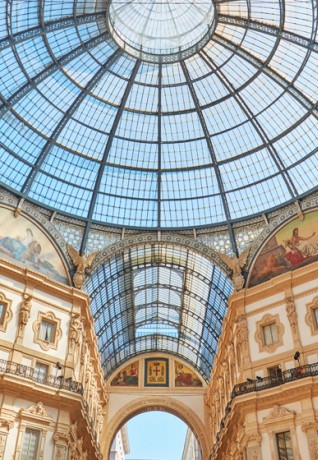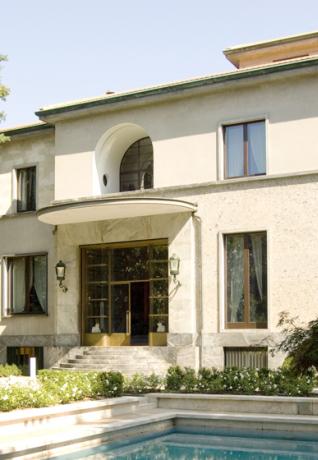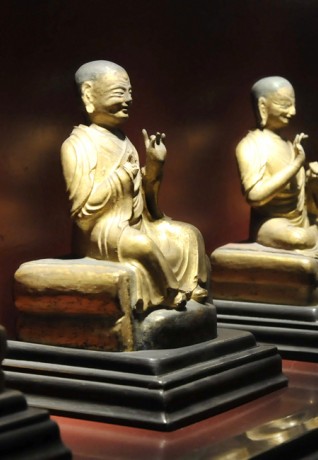10 museums you must visit
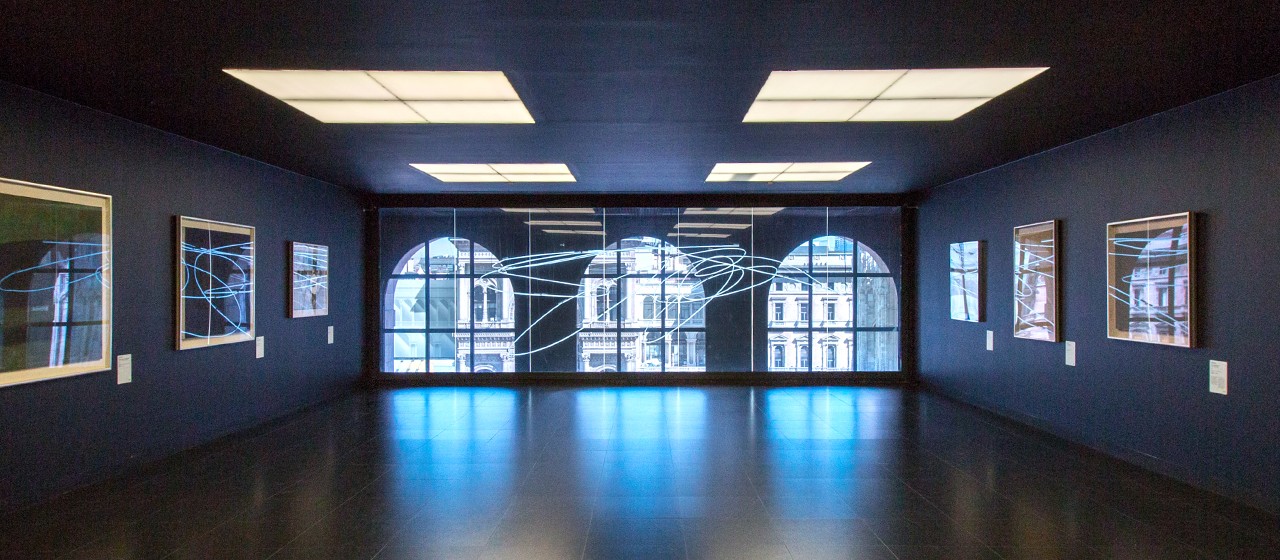
Milano is rich in Museums. Its long literary, artistic, musical and scientific tradition has left behind an impressive number of artefacts that are now housed in important collections. Milano’s Museum network is a testimony to the city’s great cultural liveliness, inclusive of public and private institutions, from church museums to corporate foundations.
Follow our suggestions to discover the top 10.
YesMilano City Pass
Museums, attractions and public transport all in one pass
The Refectory of the Dominican monastery of Santa Maria delle Grazie hosts one of the greatest masterpieces of Italian art: Leonardo da Vinci’s Last Supper. It was commissioned to Leonardo by Ludovico Sforza, known as Il Moro, who was then Duke of Milano.
The Brera Art Gallery collection includes some of the greatest masterpieces of Italian art.
The palace was erected over the remains of a 14th-century monastery of the Humiliati order which was subsequently given to the Jesuits. Later on, the building became state property and Empress Maria Theresa of Austria decided to house here several of the city’s cultural institutes (The Academy of Art, the Library, the Botanical Garden, etc). The great architect Giuseppe Piermarini was chosen to work on the project.
The museum and picture gallery boasts the Codex Atlanticus: it is the largest collection of writings and drawings by Leonardo da Vinci. It also houses one of the most original artistic collections in the city, from the Middle Ages to the mid-sixteenth century.
About 400 works of art are on display in chronological order: the collection starts with Pellizza da Volpedo’s famous Fourth Estate (1902) and continues with Futurism, works of art from between the two wars and then Abstractism, Spatialism and Poor Art. Particular emphasis has been given to artists that are of great significance to the city of Milano, such as Boccioni, Carrà, Morandi, de Chirico, Martini, Fontana and Manzoni.
Fondazione Prada is the innovative citadel of contemporary art in Milano, home to a permanent collection, plus numerous temporary exhibitions and artistic events.
It is the brainchild of Miuccia Prada, who has transformed a distillery dating back to the 1910s into the most sought-after destination for lovers of contemporary culture.
Three diverse edifices stand out on the Porta Romana skyline - the Torre, a striking asymmetrical glass and exposed white concrete construction, the Haunted House with its gilded exterior, and the Podium, a vast central two-storey space.
Not to be missed is Wes Anderson’s Bar Luce that retains the atmosphere of the historic Milanese cafès of the ‘50s and ‘60s. Interestingly, the arched ceiling recreates a ‘miniature’ version of the vaulted glass roof and décor of the Galleria Vittorio Emanuele.
The Museum of Michelangelo's Pietà Rondanini, housed inside the ancient Spanish Hospital at the Castello Sforzesco, is entirely dedicated to Michelangelo's last masterpiece.
Unique of its kind in Italy, the Museum of Italian Design at the Milano Triennale showcases a series of some of the most iconic and representative pieces of Italian post-war design, from a collection of 1,600 objects. A dynamic museum, offering new and diversified perspectives on the contemporary.
Housed in an early sixteenth-century Olivetan monastery near the St. Ambrose Basilica, the Leonardo da Vinci National Museum of Science and Technology is the largest science and technology museum in Italy and houses an unrivalled wealth of examples from the country’s industrial tradition.
MUDEC – Museum of Cultures is an interdisciplinary centre dedicated to the various testimonies and cultures of the world. Starting from its ethnographic collections and opening up to different communities, it presents itself as a place of dialogue on the themes of the contemporary, through design and visual, performing and sound arts.
The Duomo Museum was born from the idea of valorizing all the materials, whether used or discarded, that were used for the design as well as for the building of the Cathedral. Countless objects that arouse the visitor’s interest: statues, tapestries, embossing, terracotta sketches, graphic material, paintings and wooden models. These are precious testimonies that document the history of Mioano’s most important building, a reference point for both religious and lay life in Milan.

 Log in
Log in


